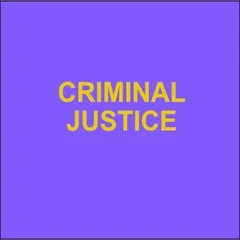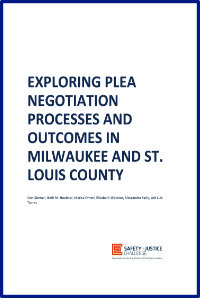By Jennifer A. Tallon, Olivia Dana, and Elise Jensen
Scholars have long contended that crimes involving violence are often ambiguously defined1 and overlooked as a critical driver of mass incarceration. 2 Currently, individuals charged with violent crimes make up nearly a third of pretrial jail populations across the country, and people convicted of violent crimes represent more than half the number of people in state prisons. 3 Policymakers have long grappled with how to enact criminal legal system reforms that reduce incarceration for such charges while also ensuring public safety. Decisions about cases involving violence can be fraught for criminal legal system stakeholders. Both the media and policymakers give them outsized attention—in particular, decisions related to pretrial release and the use of bail—a phenomenon witnessed most recently with the spike in pandemic-era violence in many parts of the country. Elected officials have the difficult task of balancing public perceptions of the most effective way to address crime with the reality that those strategies might make things worse, while navigating the impact both might have on their electability. 5 Although there is promising evidence that treatment has the potential to reduce recidivism of individuals who commit certain types of violent offenses, policymakers and practitioners must contend with public outcry associated with being “too lenient” in highly publicized cases, the resulting fear-driven and knee-jerk demands for more punitiveness, and perceptions that “nothing works.”6 In contrast, research has demonstrated that status quo approaches emphasizing incarceration may exacerbate defendants’ underlying risk factors and be counterproductive to public safety in the long term. …. Recent sentencing reforms and legislative enactments will now enable prosecutors in some jurisdictions to initiate or support early release for individuals previously convicted of violent crimes who have served lengthy terms of imprisonment.11 But not enough is known about how prosecutors arrive at their decisions or the prevalence of specific practices across different prosecutors’ offices. The results of our survey clearly show an appetite for new approaches among prosecutors. But they also suggest that how prosecutors think about violence and the goals of prosecution can be rife with paradoxes. ….
New York: Center for Court Innovation, 2022. 16p.





















